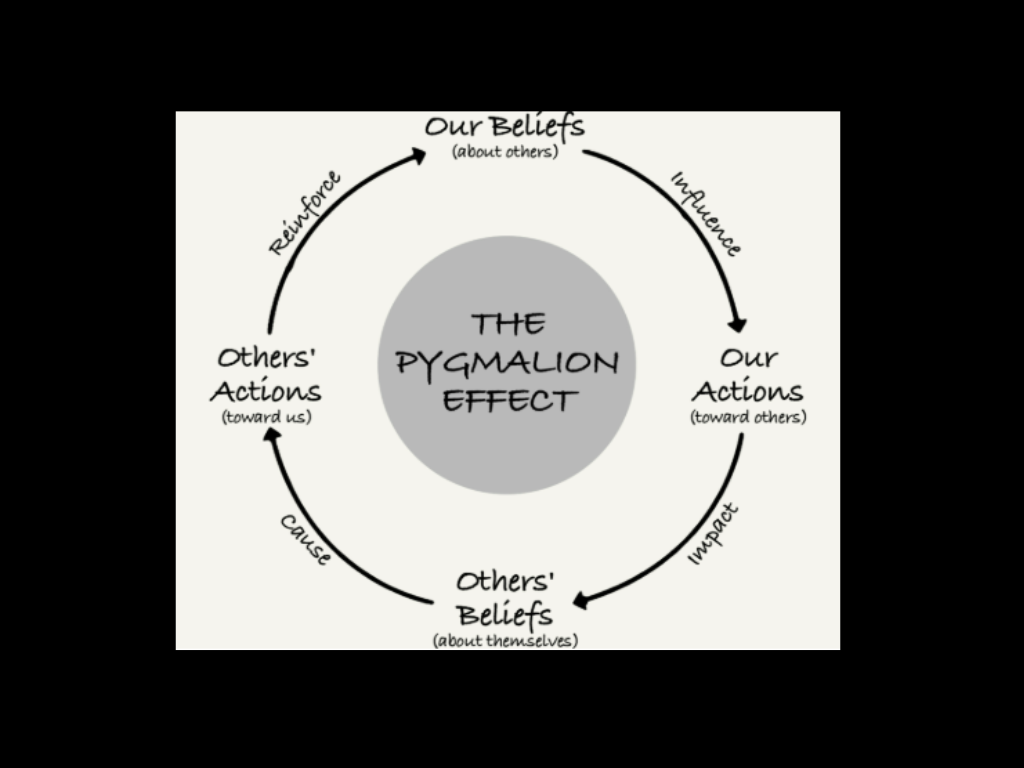Beliefs Shape Outcomes: The Pygmalion and Golem Effects
Have you considered how your mindset shapes student success? Decades of research show that teacher expectations profoundly influence achievement through the mechanism of the self-fulfilling prophecy (Merton, 1948; Rosenthal & Jacobson, 1968; Eden, 1990). The Pygmalion effect demonstrates that students tend to meet high expectations, while the Golem effect reveals that low expectations can reduce performance and confidence (Rosenthal & Jacobson, 1968; Eden, 1990). These signals are often communicated nonverbally, through tone, body language, and emotional cues, especially under stress (Babad, 1989; Babad et al., 1989, 2003; Martin, 1977).
Teachers who hold high expectations typically provide more support, challenge, and meaningful feedback, which in turn boosts motivation, engagement, and learning outcomes (Gentrup et al., 2020). In a randomized controlled trial, Rubie-Davies et al. (2015) found that students of teachers trained in high-expectation practices made significantly greater gains, not due to different content, but because of belief and consistent challenge. Similarly, Weinstein et al. (1991) observed that at-risk students excelled in classrooms with enriched curriculum and strong teacher relationships but regressed when later exposed to low expectations. However, expectations are not always applied equitably. Students from marginalized groups, including those from low-income families, racialized backgrounds, with disabilities, or who challenge gender norms, are more likely to be underestimated (Rubie-Davies et al., 2015; Weinstein et al., 1991). Addressing these implicit biases is not about blame, but about fostering awareness to ensure equity, fairness, and opportunity for all learners.
The Pygmalion Effect

